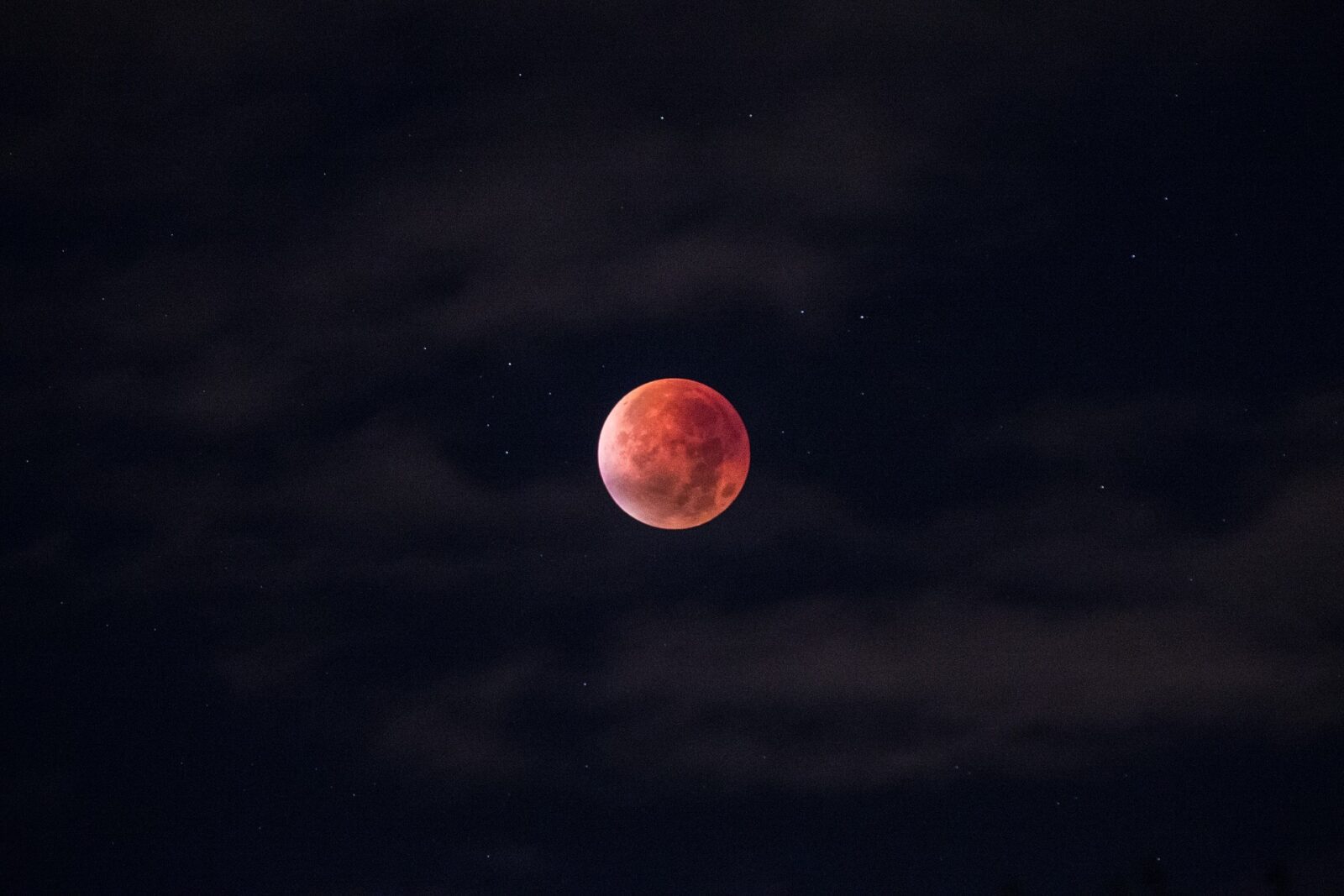Climate change has increased the frequency and gravity of hurricanes and other extreme weather events across the globe. However, there is a more considerable threat on the horizon that few people took into account.
High-tide floods, also dubbed “nuisance floods”, take place in coastal areas when tides reach about 2 feet (0.6 meters) more than their daily average high tide and start flooding the nearby streets or the storm drains.
Because of their nickname, the floods are more of a nuisance than a true calamity, messing with homes and streets, forcing businesses to close and provoke an overflow in cesspools. The longer such an event lasts, the more damage it does.
The U.S. experience over six hundred such floods two years ago, a report from the National Oceanic and Atmospheric Administration (NOAA) showed.
However, a new study conducted by NASA shows that nuisance floods will become a more frequent happening in the U.S. starting from the 2030s, with significant areas of the U.S. coastline expected to experience 3-4 times more high-tide flood days each year for over a decade.
The study warned that the extra flood days wouldn’t take place evenly through the year but will probably cluster together over just a few months. In that case, coastal areas that currently experience 2-3 floods per month will soon experience a dozen or even more.
The extended flood seasons will provoke significant disruptions to lives and livelihoods if communities won’t begin planning for them soon, while residents still have some options.
Phil Thompson, the study’s lead author and assistant professor of the University of Hawaii, stated:
“It’s the accumulated effect over time that will have an impact. If it floods 10 or 15 times a month, a business can’t keep operating with its parking lot underwater. People lose their jobs because they can’t get to work. Seeping cesspools become a public health issue.”












Leave a Reply